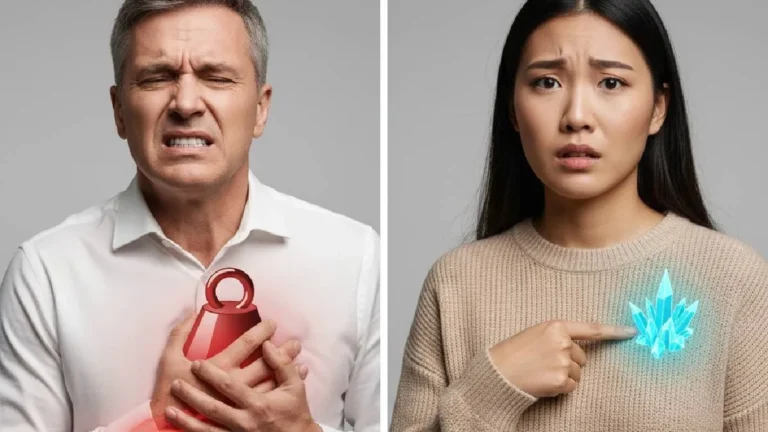Bladder cancer affects more than 600,000 people worldwide each year. Knowing the symptoms and risk factors is key to early detection.
Pain when urinating, burning, or the presence of blood in the urine could be early symptoms of bladder cancer, a cancer that affects thousands of people worldwide and whose early detection is key to improving the prognosis.
In the context of World Bladder Cancer Day, which is commemorated every May, specialists warn about the importance of paying attention to changes in urinary habits , as they can be indicators of this disease.
According to recent global data, there were 614,298 new cases of bladder cancer and 220,596 associated deaths, making it the ninth most common cancer worldwide.
Bladder cancer occurs when cells in the inner lining of the bladder begin to multiply abnormally, forming tumors. The bladder, located in the lower abdomen, stores urine before it is expelled through the urethra.
Types of bladder cancer and risk factors
Urothelial carcinoma is the most common form of this cancer and originates in the cells that line not only the bladder but also urinary tract structures such as the ureters, urethra, and renal pelvis.
Other less common types include:
- Squamous cell carcinoma, linked to prolonged bladder irritation.
- Adenocarcinoma which affects glandular cells of the bladder lining.
- Small cell carcinoma involves neuroendocrine cells.
Among the most significant risk factors are smoking, prolonged exposure to industrial chemicals, family history, and some chronic urinary tract infections. Furthermore, this type of cancer occurs more frequently in people over 55 years of age and is more common in men than in women.
Common symptoms and common myths
Hematuria (blood in the urine), pain or burning when urinating, and an urgent or frequent need to urinate are warning signs that should not be ignored. While these symptoms may be associated with other conditions, their presence warrants a medical evaluation to rule out serious conditions such as bladder cancer.
Some common myths about this pathology are:
- “It only affects older adults.”Although it is most prevalent in that group, cases have also been documented in younger people.
- “It’s exclusive to men.”Although the incidence is higher in men, women can also develop it.
Early detection of bladder cancer is essential for more effective treatment and a better quality of life. Therefore, specialists emphasize the importance of raising public awareness about its symptoms, risk factors, and realities, as well as combating misinformation with clear, evidence-based medical information.























+ There are no comments
Add yours